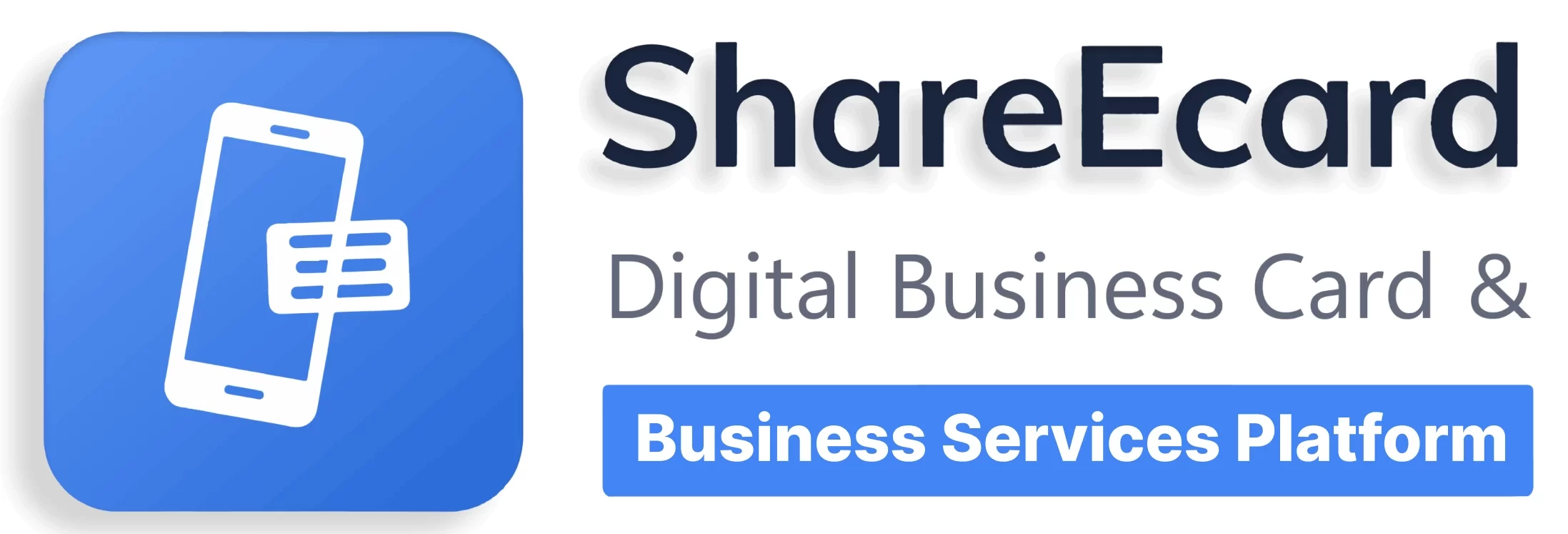QR codes have become a modern staple in business card design, offering a seamless bridge between physical and digital interactions. Incorporating a QR code into your business card can significantly enhance its functionality and impact. Let’s explore the advantages and strategies for using QR codes on business cards.
Why and How to Use QR Codes on Business Cards
Advantages of QR Codes on Business Cards
- Direct Link to Digital Resources: QR codes can instantly direct contacts to your website, portfolio, social media profiles, or digital business card. You can easily generate a QR Code for your business card link and add that anywhere you want that can be accessed by interested people. This immediate access enhances user engagement with your digital content.
- Save Space: By embedding information within a QR code, you can keep your business card design clean and uncluttered, while still providing a wealth of information.
- Easy Contact Saving: QR codes can be used to encode contact information that can be saved to a phone’s address book instantly, making it easier for people to store and retrieve your details.
- Track Engagement: When linked to digital platforms, QR codes can track engagement, giving insights into how many people are accessing your information through the card.
- Eco-friendly: Reducing the need for printing extensive information, QR codes can make your business cards more environmentally friendly.
- Versatility: QR codes can be updated to link to different pages or resources, providing flexibility in how you use them over time.
Make sure to use proper quality material for your business card so that the QR code is printed well. And, take care of the design of the business card so that it doesn’t affect the overall look because business cards helps in creating a professional branding for you and you must have a perfect copy for your business card that stands out. If you are looking for some cost-effection solution and eco-friendly options for business cards then you may try to go for digital business card options. Business cards have evolved from traditional to digital in a dynamic way and they are the future.
Strategies for Using QR Codes on Business Cards
- Positioning: Place the QR code in an easily noticeable spot on your card, but ensure it doesn’t overpower other important elements like your name or contact information.
- Size Matters: Make sure the QR code is large enough to be easily scanned, but not so large that it dominates the card’s design.
- Test for Functionality: Before printing your business cards, test the QR code with various smartphones to ensure it works reliably.
- Incorporate Design Elements: The QR code should integrate well with the overall design of your card. Some services allow customization of QR codes to match your brand colors or include a logo.
- Provide Instructions: Especially if your target audience might not be familiar with QR codes, include a brief instruction or a call-to-action like “Scan for more information.”
- Link to a Mobile-Friendly Site: Ensure that the URL encoded in your QR code leads to a mobile-optimized website for a seamless user experience.
- Update Regularly: If your QR code links to digital content that can be updated (like an online profile), keep it current to ensure ongoing relevance.
Incorporating QR codes into your business cards is a smart strategy to bridge the gap between physical networking and digital information. It enhances the card’s functionality, making your networking efforts more efficient and impactful. By following these strategies, you can ensure that your QR-coded business card stands out and provides a valuable tool in your professional interactions.
Create a digital business card for free with ShareEcard!




